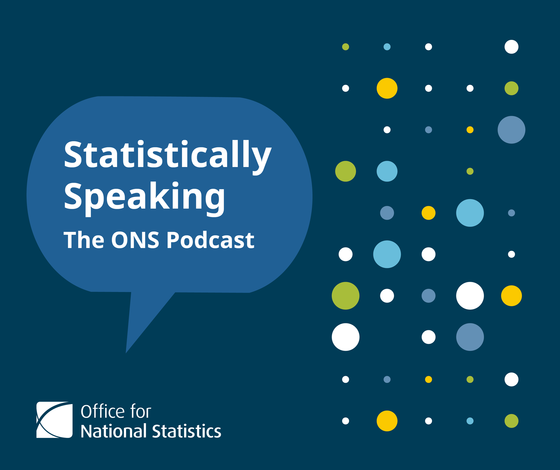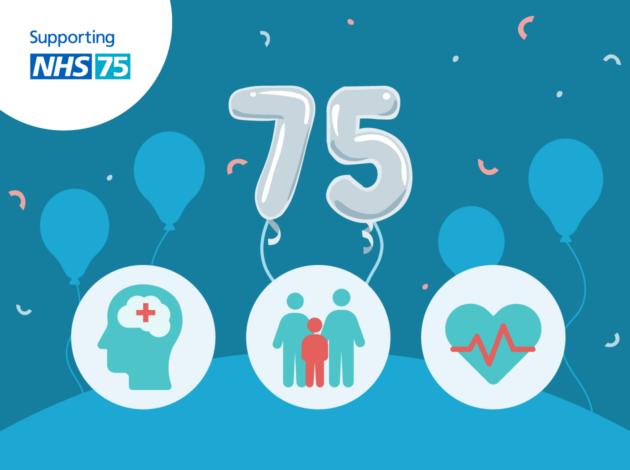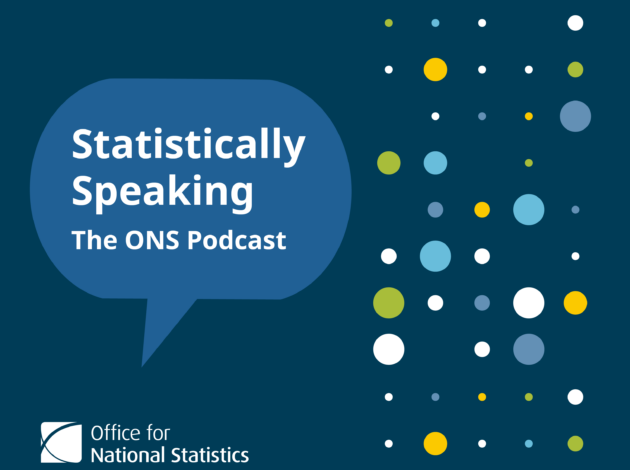
Back in March 2020, life changed very suddenly as COVID-19 struck. In the first days of lockdown the ONS set up what it thought would be a temporary rapid business survey to assess how the pandemic was impacting UK businesses. Gemma Rabaiotti explains how four years and 100 waves of responses later, the Business Impact of Coronavirus survey– now renamed the Business Insights and Conditions survey – (BICS) has cemented its place as a timely and vital voice on the challenges facing businesses today.
Read more on A voice for UK businesses – a milestone for our business insights survey




